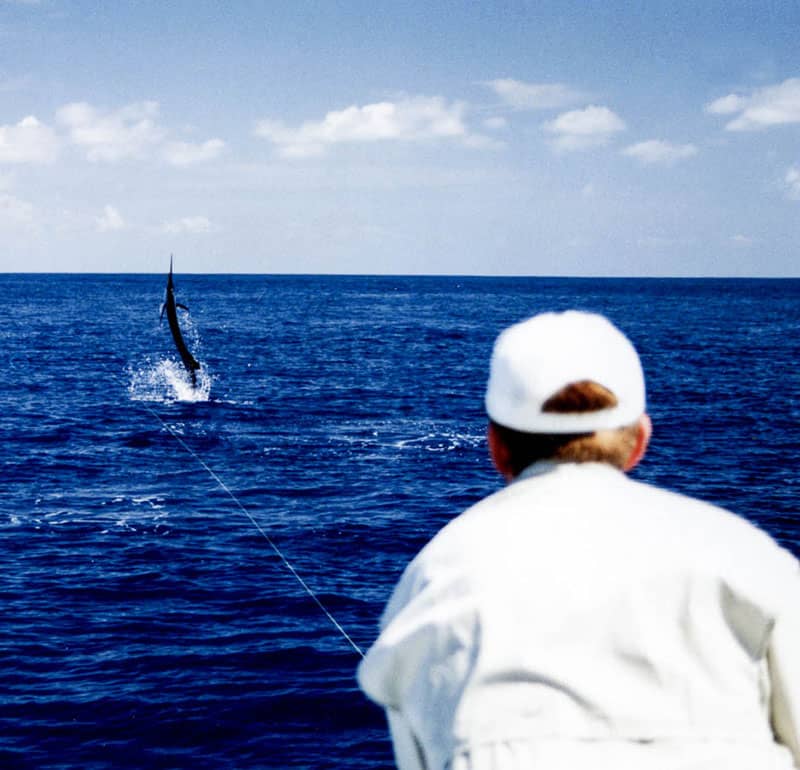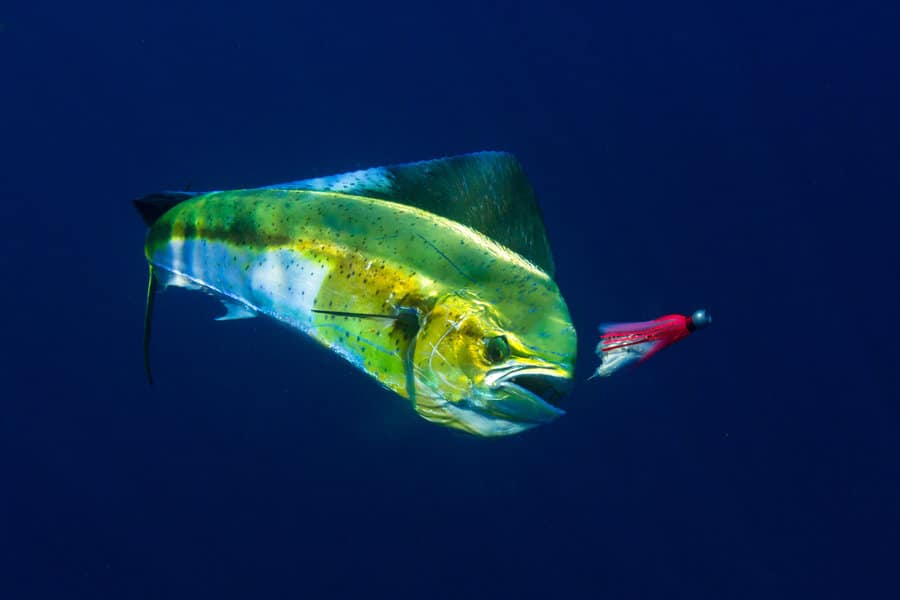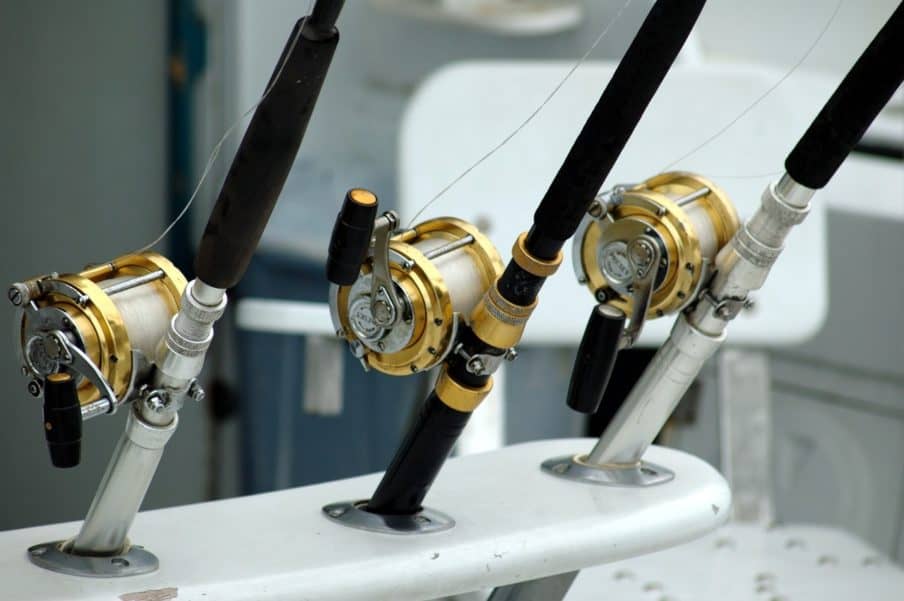
Costa Rica, with its coastline spanning over 1,000 km and a rich mix of freshwater and saltwater environments, is a premier destination for anglers of every level. The nation’s dramatic natural history—shaped by ancient volcanic eruptions—has formed rugged coastlines and underwater labyrinths that attract a diverse range of sport fish. Whether your goal is to battle a giant marlin, chase the elegance of a sailfish, or enjoy inshore fishing for snapper and roosterfish, Costa Rica offers an experience that is as thrilling as it is memorable.
Exploring Costa Rica’s Fishing Regions

North Pacific Coast
The North Pacific Coast is a standout for its ancient volcanic formations that create a dramatic underwater landscape. These structures provide shelter to species like the celebrated roosterfish, various snappers, and groupers. Offshore, the same features form pinnacles that attract baitfish, drawing larger predators such as marlin, sailfish, tuna, and dolphin fish. Typically, the central and southern Pacific coast experiences peak activity from December through April, while northern regions tend to perform best from May through November.
Bat Islands and Cabo Blanco
Traveling north brings you to the productive waters around the Bat Islands and Cabo Blanco. Off the northwest coast near Santa Rosa, the Bat Islands are renowned for big game fish including marlin, sailfish, and dorado. In contrast, Cabo Blanco—located at the southern tip of the Nicoya Peninsula—is a hotspot for inshore fishing, with clear waters abundant in snapper, grouper, and snook. Notably, the waters near Playa Carrillo during January and February offer world-class marlin fishing, even as the Papagayo winds occasionally make an appearance.
Catalina Islands and Tamarindo
Off the northwest coast, the Catalina Islands entice serious anglers with offshore opportunities to catch tuna, dorado, and other species. Tamarindo, a vibrant beach town, offers a dual experience with both offshore adventures and quality inshore action. The availability of seasoned captains and a variety of charter boats ensures that anglers of all levels have a rewarding experience.
Southern Pacific Coast
The Southern Pacific Coast boasts some of Costa Rica’s most dramatic fishing grounds. In areas like the Osa Peninsula, Golfo Dulce, and Punta Burica, fishing opportunities abound. Drake Bay and Cano Island, accessible by boat or small aircraft, are fringed by lush mangrove estuaries offering snook, snapper, and corvina. Offshore volcanic reefs yield abundant tuna, wahoo, sailfish, and marlin. Golfo Dulce is particularly noted for features such as Matapalo Rock, a prime spot for amberjack, snapper, and roosterfish. The journey toward Punta Burica promises an exceptional blue water adventure, with the chance to encounter multiple species in a single outing.
Central Pacific Coast
In the central Pacific, destinations like Puntarenas, Punta Leona, Jaco Beach, and especially Quepos, pulse with activity. Quepos is famous for its offshore battles where anglers can expect daily catches of 10 to 20 sailfish, along with occasional marlin. Inshore, opportunities abound for roosterfish, cubera snapper, and even record-breaking black snook. Despite the high demand during peak season—with daily charter rates ranging from $450 to $1,200—the overall experience is unparalleled.
Caribbean Coast
For a distinctly different experience, the Caribbean Coast offers a quieter yet exciting adventure. Here, anglers target species such as tarpon, snook, jacks, and barracuda. Although the fishing infrastructure is less developed compared to the Pacific side, several fishing lodges offer all-inclusive packages and specialized fly-fishing trips that create an off-the-beaten-path experience.
Seasonal Overview
For those planning a fishing trip, understanding the best seasonal opportunities is crucial. The table below summarizes optimal times for targeting key species and regions across Costa Rica:
| Time Period | Region/Focus | Target Species | Highlights |
|---|---|---|---|
| January – April | Central & Southern Pacific; Gulf of Nicoya | Marlin, Sailfish, Billfish, Dorado | Peak migratory action; Quepos and offshore experiences are busy |
| May – October | Northern Pacific | Tuna, Inshore species | Northern regions offer increased activity |
| June – September | Pacific | Dorado | Best conditions for dorado fishing |
| October – May | Guanacaste & Inshore areas | Roosterfish, Snapper, Grouper | Ideal for coastal and inshore fishing |
| April – June & Sept-Nov | Caribbean Coast | Tarpon, Snook | Seasonal peaks for tarpon and snook fishing |
Keep in mind that while this table offers general guidelines, weather patterns and migratory shifts may affect conditions. Always consult local guides or charter companies for the latest updates.
Tips for a Successful Fishing Trip

Recommended Fishing Gear
While many local charters provide all the necessary equipment, it’s wise for anglers to bring personal items such as:
- Appropriate Clothing: Lightweight, moisture-wicking, and sun-protective gear.
- Accessories: Sunglasses, hats, and polarized sunglasses to reduce glare.
- Specialized Equipment: Fishing gloves, a quality rod, and reel suited to your target species.
- Additional Items: Sunscreen, insect repellent, and a small first-aid kit.
Local Licensing and Regulations
Anglers should be aware of local regulations, which may include:
- Fishing Licenses: Some areas require a permit for both residents and visitors. Often, charter services handle these permits.
- Catch-and-Release Policies: To support conservation, many operators practice catch-and-release for certain species.
- Size and Quota Limits: Specific species may have legal catch sizes or quotas. Always verify current guidelines with your local charter.
Weather and Seasonal Tips
Weather conditions, such as the Papagayo winds, can impact fishing expeditions:
- Timing Adjustments: Monitor local forecasts to avoid days with strong winds, especially in areas like Nicoya.
- Seasonal Variability: While the table outlines peak seasons, local conditions can shift. Flexibility in planning will help maximize your catch.
Choosing a Charter and Guide
Reputable charter companies can greatly enhance your experience:
- Experience Matters: Look for charters with seasoned captains who have extensive local knowledge.
- Research Reviews: Check online reviews or ask for recommendations to find operators known for safety and reliability.
- Package Options: Many charters offer full-day or half-day trips that include all gear, making it easier for newcomers to enjoy a hassle-free experience.
Safety and Conservation Practices
Ensuring a safe and sustainable fishing trip is paramount:
- Safety Precautions: Always inform someone of your travel plans, carry a communication device, and adhere to safety protocols provided by your charter.
- Conservation Efforts: Follow catch-and-release guidelines where applicable, avoid overfishing, and respect local ecosystems to help preserve Costa Rica’s natural beauty for future generations.
Final Thoughts
Costa Rica’s fishing landscape is as diverse as it is dynamic. Whether you dream of battling a giant marlin offshore or enjoying the thrill of inshore fly-fishing, each region offers its own unique adventure. By leveraging local expertise, planning ahead, and staying informed about current conditions, you can ensure that your trip is both productive and unforgettable.
“If you’re too busy to come down and test the waters, you’re just too busy!”
Embrace the adventure, respect the natural beauty of Costa Rica, and prepare for an unforgettable fishing experience.

